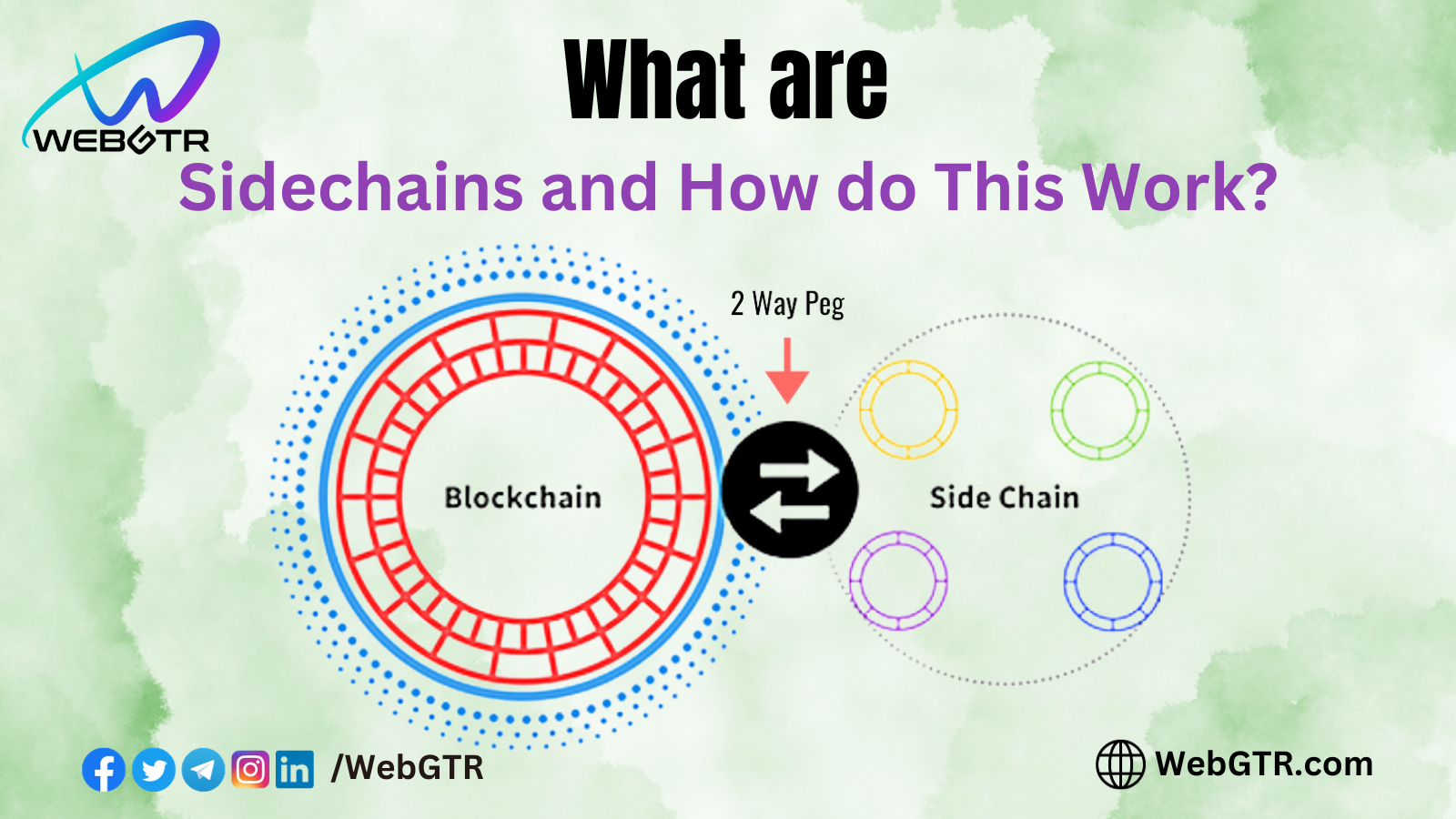
What are Sidechains?
At its essence, a sidechain is a parallel blockchain that functions autonomously from the main blockchain (often called the main chain). Usually, this connection is facilitated by a two-way bridge, allowing for the smooth transfer of digital assets or tokens between the main chain and the sidechain.
How Do Sidechains Work?
The defining feature of sidechains lies in their autonomy. In contrast to the main chain, sidechains possess the flexibility to adopt unique consensus algorithms and customize block parameters according to their specific objectives. This autonomy empowers them to process transactions efficiently, providing benefits such as quicker confirmation times and reduced fees.
Consensus algorithms on sidechains can vary, encompassing Proof-of-Authority to Delegated Proof-of-Stake. Validators within the sidechain network play a pivotal role in verifying transactions, generating blocks, and ensuring the overall security of the chain.
Furthermore, sidechains often deviate from the main chain in terms of block parameters. While the main blockchain enforces limits on block times and sizes, sidechains can adjust these parameters to achieve higher throughput. However, this flexibility comes with trade-offs, as more permissive block parameters may compromise decentralization by relying on a smaller number of powerful nodes.
Looking for Blockchain Development, NFTs, Website Design, Token Creation, or Other services? Reach out to us at WebGTR. Let’s discuss and bring your vision to life.


Leave a Reply